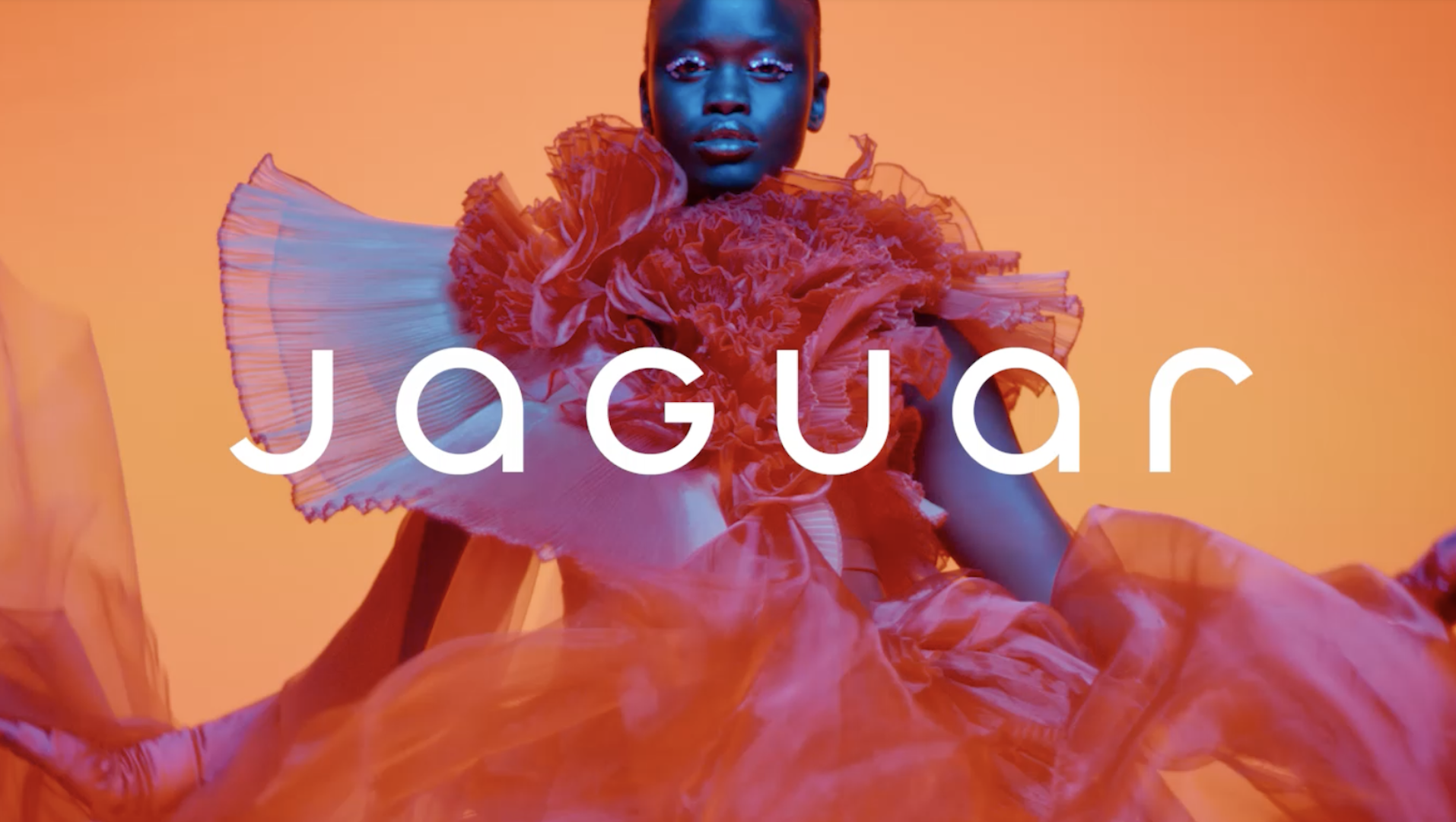Cameron Koczon on Gimme Bar
Gimme Bar enables you to save bits of the web instead of just bookmarking them. Founder Cameron Koczon tells Tanya Combrinck about the importance of owning the content you’ve collected
This article first appeared in issue 221 of .net magazine - the world's best-selling magazine for web designers and developers.
.net: What’s the thinking behind the Gimme Bar project?
Cameron Koczon: People do a lot of work to curate their collections of content. So if you’re on Instapaper you have a cool collection of articles; if you’re on Pinterest you’re building up bookmarks. The idea behind Gimme Bar is that you should own your collection of content, in case services are discontinued. There are a couple of examples of this having happened:
Ma.gnolia bookmarking, for instance, which lost everyone’s data, so all the work that anyone had done on that for years was lost. I don’t care for the way my personal data is locked up in Last.fm, for example. Gimme Bar is saying, “Hey! You should own that data!” It should be backed up to your Dropbox, and if the systems you currently love stop being excellent and stop pushing themselves – even Gimme Bar – then you should move on to someone who will provide you with a better service.
.net: How does data appear in your Dropbox? Do you need to use your API to access it?
CK: It’s just a big folder of files, so you don’t have to use the API. But it would be easier for the other program because you would get more data out of it – things like the way you’ve tagged and described your content.
.net: What about copyright considerations?
CK: We don’t export videos because of terms of service and legal things that we don’t want to get into – we’re not trying to create a filesharing network. It backs up text and images, and we bind attribution to the content, so if you grab an image with Gimme Bar, you can’t erase where you got that picture from. If I go to your site and find a quote or image and take it into my Gimme Bar and then put it on Twitter, there’s no way to make it be anything other than a quote from your site. Compare that to how others are doing it.
Take Tumblr, for example. That’s a good example of a company that should be dealing with the same stuff, because everyone throws every kind of picture and quote and video into it, but there’s no attribution.
.net: What else can you do with attribution data?
CK: Later on, we can provide websites with tons of information about which bits of content people are liking, and even help them communicate with the folks who’ve been collecting their stuff. So if you’re an artist or designer who’s made some prints and is turning them into a shirt, or you’re doing a second run, we can help you get in touch with the people who’ve saved your content already. Maybe it will be via an ad or something – that part’s not entirely fleshed out yet.
.net: When will the API be available?
CK: It’s available right now. We’d love for developers to build things with it. A lot of people want to be able to import from other services, such as Delicious, fffounD! and Pinterest, and we really want that to be possible. We’re hoping that users will take advantage of the API, so we’re getting some really good documentation up.
Daily design news, reviews, how-tos and more, as picked by the editors.
.net: You recently opened Gimme Bar up for a few days – how was the feedback?
CK: We had a ton of users. It took us down for a little while, but it was a whole lot of fun. We use a JavaScript framework called Masonry, which is also used by Pinterest and lots of other sites, so people might think we’re Pinterest’s number two; that we’re just bookmarks. But, fortunately, there’s been very little of that – I’m really happy with how people have been talking about us. I think someone could easily use both Pinterest and Gimme Bar and they’d be really complementary.
.net: When will the public launch happen?
CK: I think we might expand by giving our users invites, because that lets us keep an eye on things. With a service like this you’ve got to watch out for getting overrun with porn or spam.
.net: What about mobile apps?
CK: Super soon! We’ve got someone working on an ioS app, then we’re going to do an Android one. But there are loads of people interested in making their own Android app with the API, and we’d love that. It’s pretty flexible; there’s a lot you can do with the content. I think that, as developers realise how much you can do with our API, we’re going to start to see some pretty inventive applications that we would never have thought of.

The Creative Bloq team is made up of a group of art and design enthusiasts, and has changed and evolved since Creative Bloq began back in 2012. The current website team consists of eight full-time members of staff: Editor Georgia Coggan, Deputy Editor Rosie Hilder, Ecommerce Editor Beren Neale, Senior News Editor Daniel Piper, Editor, Digital Art and 3D Ian Dean, Tech Reviews Editor Erlingur Einarsson, Ecommerce Writer Beth Nicholls and Staff Writer Natalie Fear, as well as a roster of freelancers from around the world. The ImagineFX magazine team also pitch in, ensuring that content from leading digital art publication ImagineFX is represented on Creative Bloq.
